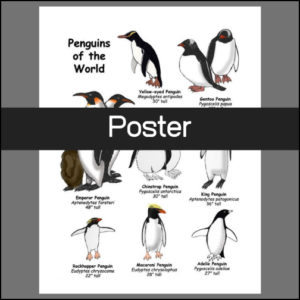Showing 101–120 of 129 resultsSorted by latest
-
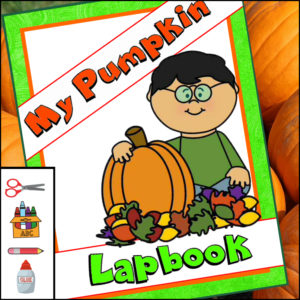 $3.00Buy Now
$3.00Buy NowThis interactive unit for students will allow them to create a cute LAPBOOK about PUMPKINS! Great to use anytime, especially in October or November during the Fall Holidays.
See description below for more details on this resource AND suggested uses.
-
 $0.50Buy Now
$0.50Buy NowHere is a worksheet for students to use when the are learning about volcanoes! KWL worksheets are to be used at the beginning and end of any study.
K – What I know (Students list everything they already know – prior knowledge)
W – What I want to learn (Students begin thinking about what they don’t know and what they want to investigate about the given topic…i.e. volcanoes!)
L – What I’ve learned (After the study is complete, students will complete this section giving details about what ‘new’ things they have learned)
There is also a section for students to reveal what the most ‘interesting’ fact was that they learned. Your students will love the reflection and enjoy sharing their answers.
-
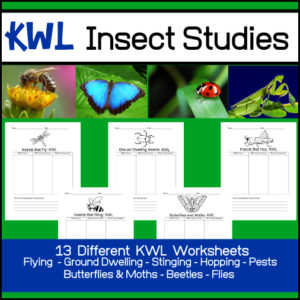 $3.00Buy Now
$3.00Buy NowWant student to investigate a variety of different types of insects? This K-W-L resource includes 13 different KWL worksheets so that students (individually or in cooperative groups) can use as they study different bugs and creepy crawlies. Perhaps they want (or you want) the focus to be on insects that hop or ground dwelling insects. What if their study should focus on beetles only or butterflies and moths? Not only will you get worksheets for a variety of specified ‘types’ of insects but I’ve also included some that can be tailor designed to what you or your students choose to study!
-
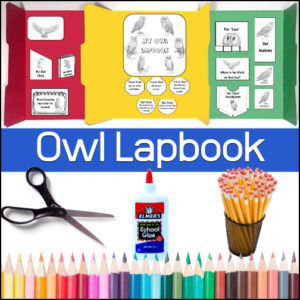 $4.00Buy Now
$4.00Buy NowThis engaging, hands-on project will give students the materials necessary to learn all about owls and create a great project to display their learning!
Suggested for 3rd-6th grades. (See description for more information)
-
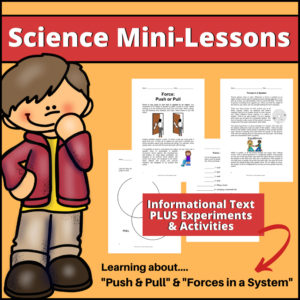 $2.50Buy Now
$2.50Buy NowStudying ‘Force & Motion‘ in your classroom? This Mini-Lessons resource has been designed to help students gain a greater understanding as well as to help them retain the information they are learning!
-
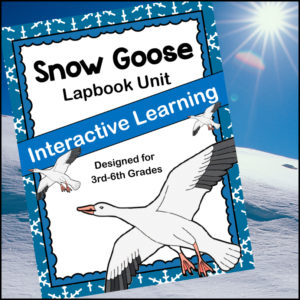 $4.99Buy Now
$4.99Buy NowThis resource contains everything your students need to complete it. No need to do additional research, although this should be encouraged. So whether you are looking for a completely self-contained unit or one that allows for in-depth study, this is it…Snow Goose Lapbook Unit!
Students will study all aspects of the Snow Goose’s life, vocabulary related to the informational reading contained within the unit, complete map work and more.
-
 $2.00Buy Now
$2.00Buy NowKinetic energy is energy possessed by an object due to its motion or movement. Potential energy is the stored energy of position possessed by an object. Here are eight experiments for students to perform which display chemical energy! Experiments include:
1. Rube Goldberg Machines
2. Homemade Marble Run
3. Bucket Spin
4. Salad Spinner Art
5. Rubber Band Vehicles
6. Rubber Band Car
7. Flywheel Battery
8. Pendulum of Peril -
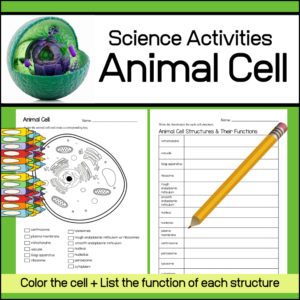 $2.00Buy Now
$2.00Buy NowThis Science / Biology resource includes 2 activity worksheets for students to help them review the structures / organelles of an animal cell and the main function(s) of each. Structures /organelles include: centrosome, plasma membrane, mitochondria, vacuole, Golgi apparatus, ribosome, lysosomes, rough endoplasmic reticulum, smooth endoplasmic reticulum, nucleus, nucleolus, peroxisome, cytoplasm
-
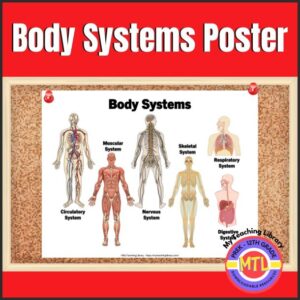 $1.50Buy Now
$1.50Buy NowStudying anatomy? Body systems? Here is “Body Systems” poster that that illustrates these systems: circulatory, muscular, digestive, nervous, skeletal and respiratory.
-
 $2.50Buy Now
$2.50Buy NowStudying ‘Force & Motion‘ in your classroom? This Mini-Lessons resource has been designed to help students gain a greater understanding as well as to help them retain the information they are learning!
Includes:
- 2 Instructional text pages ( 1 on Force and Motion and 1 one on Force, Motion and Work)
- 2 Experiments (1 Cooperative Group experiment focusing on how ‘unbalanced forces cause motion‘ and to show ‘how energy can be transferred’. )
- 1 Worksheet Activity (Students will find and list examples of ‘machines and work‘ as well as draw an illustration.
-
 $3.00Buy Now
$3.00Buy NowHelp students master their knowledge of the parts of a volcano with these posters, handouts and worksheets! This resource provides 2 levels of learning plus worksheets come with and without terms. (Landforms, Earth Science, Geology)
-
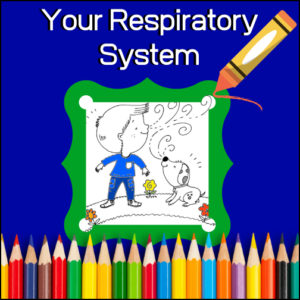 $3.00Buy Now
$3.00Buy Now– In one minute, how much air do you breathe in?
– What does nose hair do?
– What is a bronchial tree?
– Do you breathe in carbon monoxide or carbon dioxide?Students will learn the answers to these questions and others as they color and read the pages of ‘Your Respiratory System Coloring Book’.
-
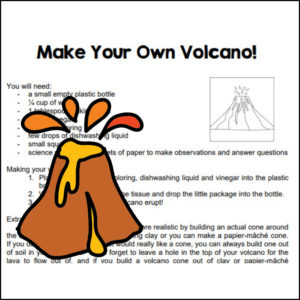 $0.50Buy Now
$0.50Buy NowFun, Science activity to make your very own volcano out of things you have around the house!
-
 $2.00Buy Now
$2.00Buy NowStudying ‘Forces & Magnets‘ in your classroom? This Mini-Lessons resource has been designed to help students gain a greater understanding as well as to help them retain the information they are learning!
-
 $7.00Buy Now
$7.00Buy NowHelp your students become self-learners as the plan, research, organize and most of all…LEARN as they create their own Volcano notebook project. This cross-curricular resource has been designed to inspire and guide students through the learning and reporting process as they learn how volcanoes are formed, prediction of eruptions, types of volcanoes, where they are located and more.
-
 $3.00Buy Now
$3.00Buy NowThis Solar System product will help students learn and reinforce their knowledge of the order of the planets and to be able to visual size differences of the planets! Each color poster has a duplicate b/w poster that can be used as a student handout. There are also worksheets for students to complete (with and without word banks). This resource provides 2 sets of all resources – One which includes the dwarf planet of Pluto and one that does not.
-
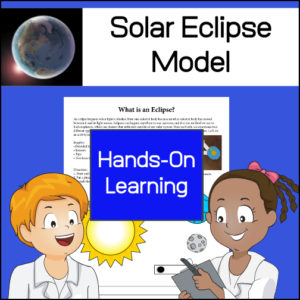 $1.50Buy Now
$1.50Buy NowHands-on learning! This solar eclipse activity has been designed to help students visualize a solar eclipse by creating a simple paper model of one.
-
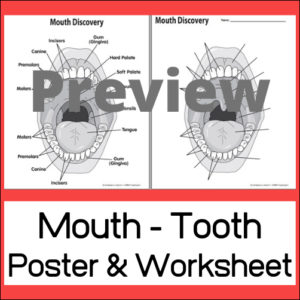 $1.50Buy Now
$1.50Buy NowHelp students learn the parts of the mouth and the types of teeth with this labeled poster and worksheet!
-
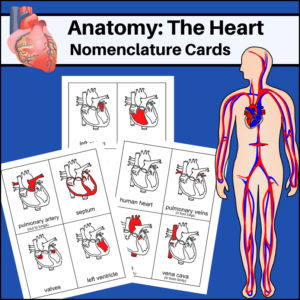 $2.00Buy NowThis resource,The Heart – Human Anatomy Nomenclature Cards, help students learn and study the location of the parts of the heart: pulmonary veins, aorta, vena cava, pulmonary artery, septum, valves, left ventricle, left atrium, right ventricle and right atrium.
$2.00Buy NowThis resource,The Heart – Human Anatomy Nomenclature Cards, help students learn and study the location of the parts of the heart: pulmonary veins, aorta, vena cava, pulmonary artery, septum, valves, left ventricle, left atrium, right ventricle and right atrium.


